Serpac
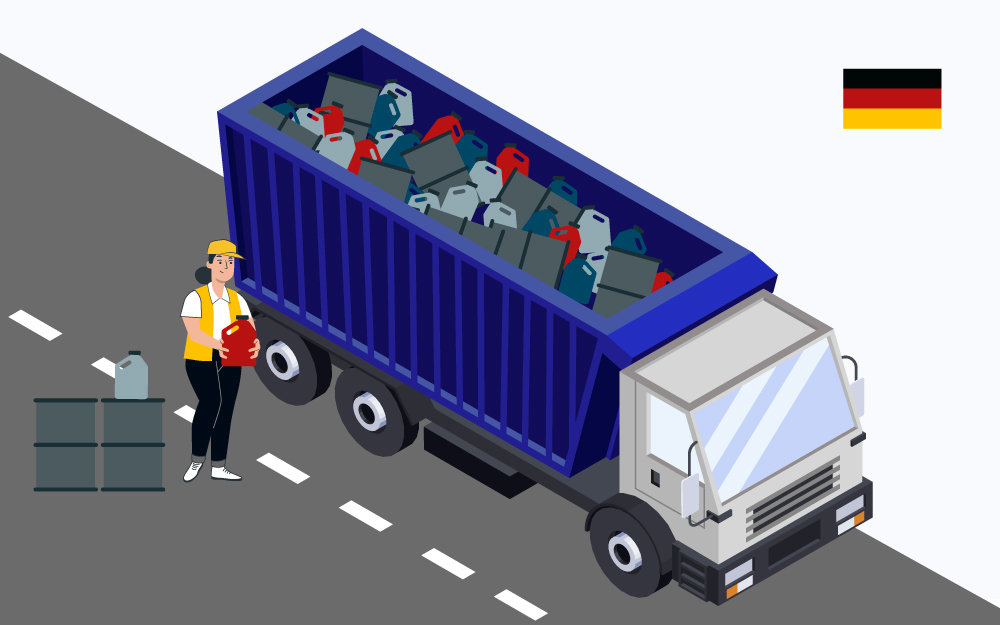
Transport in bulk: Germany initiates multilateral agreement M348
Under certain conditions, special agreement M348 simplifies the transport by road of uncleaned, empty packaging.
On July 12, 2022, Germany was the first to initiate the multilateral agreement M348...
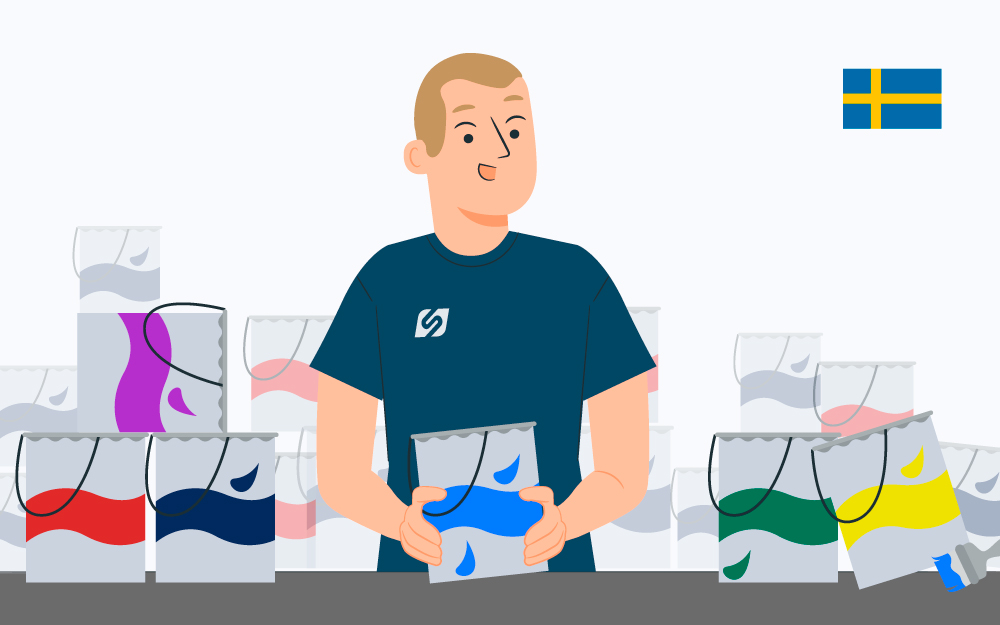
Transport of leftover paint: Sweden adheres to M346
Section 1.5.1 of ADR about temporary derogations declares that “the competent authorities of the contracting Parties may agree directly among themselves to authorize certain transport operations in...
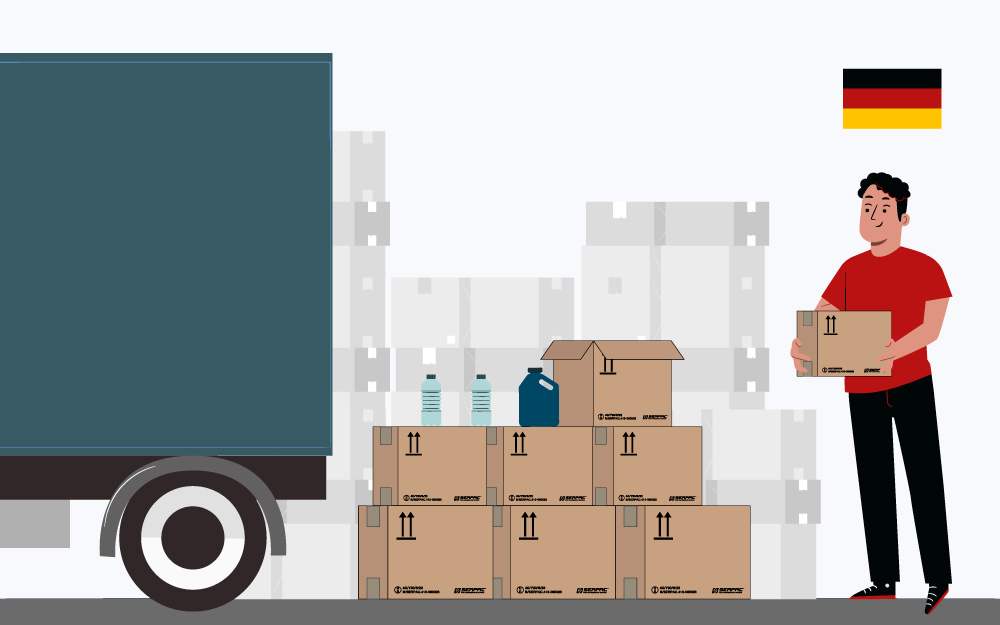
Packaging in Germany: what changed since July 1st, 2022?
Germany has been disciplining the responsibility and the correct recycling of packaging destined for end-users at the end of their life cycle since 2019. The aim is to reduce the environmental...
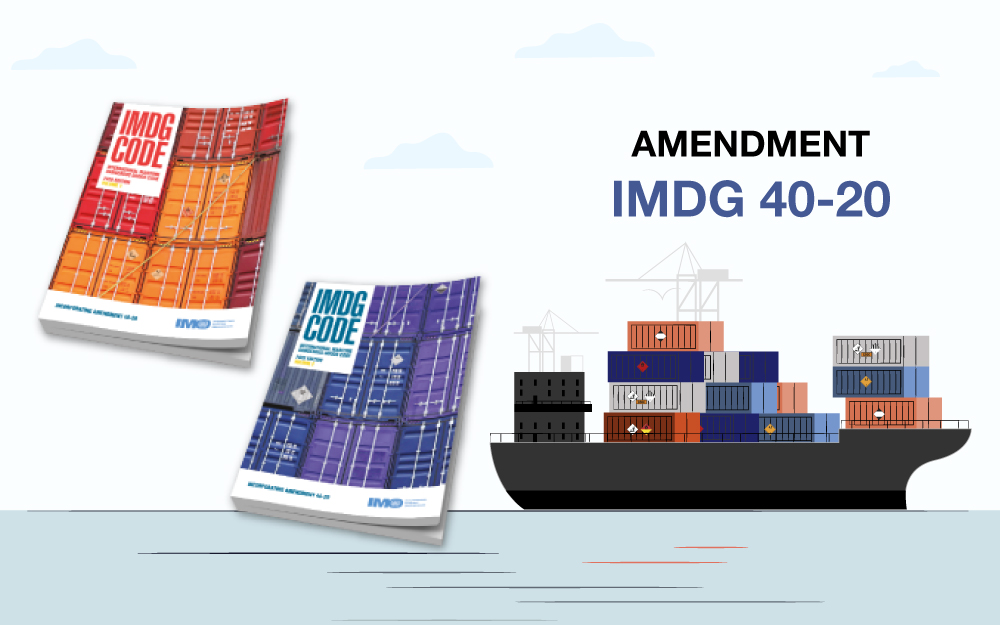
IMDG Amendment 40-20
The IMO (International Maritime Organization) has published Amendment 40-20 of the IMDG Code (International Maritime Dangerous Goods Code), containing numerous changes.
This amendment harmonized...
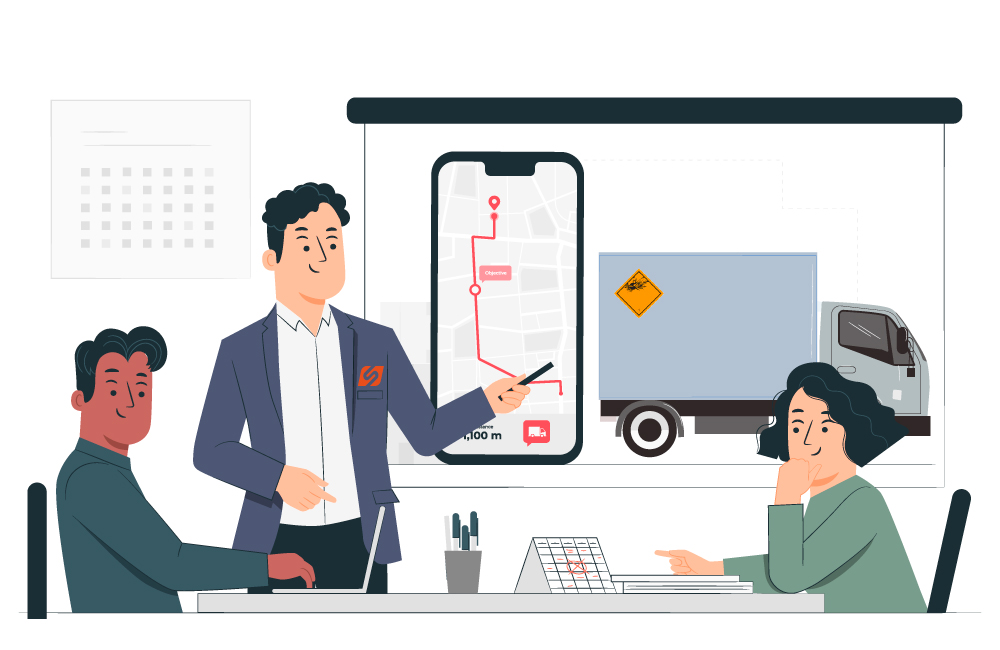
DGSA compulsory for consignors, too!
Yes, companies transporting dangerous goods only as consignors were not obliged to appoint a safety consultant before, but they will have to do so by 31st December 2022.
Where does the proposal come...

Here we go: the new IMDG code is knocking at our door!
As we highlighted before, the code IMDG 40-20 should have been in use already for six months. Due to the pandemic situation COVID-19 and following stops and delays, the enforcement has been...
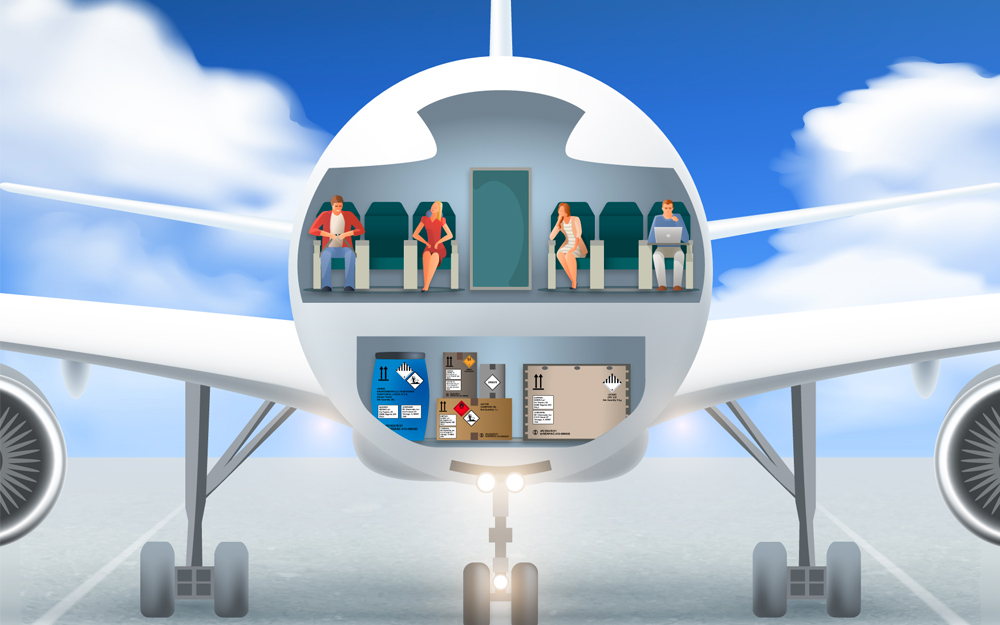
Responsibility and compliance: your choice has an impact on safety
It is true: not only people dealing with dangerous goods shipments are exposed to risks, but also random passengers, on-road or planes, for leisure or work, can risk the same, even if they have...
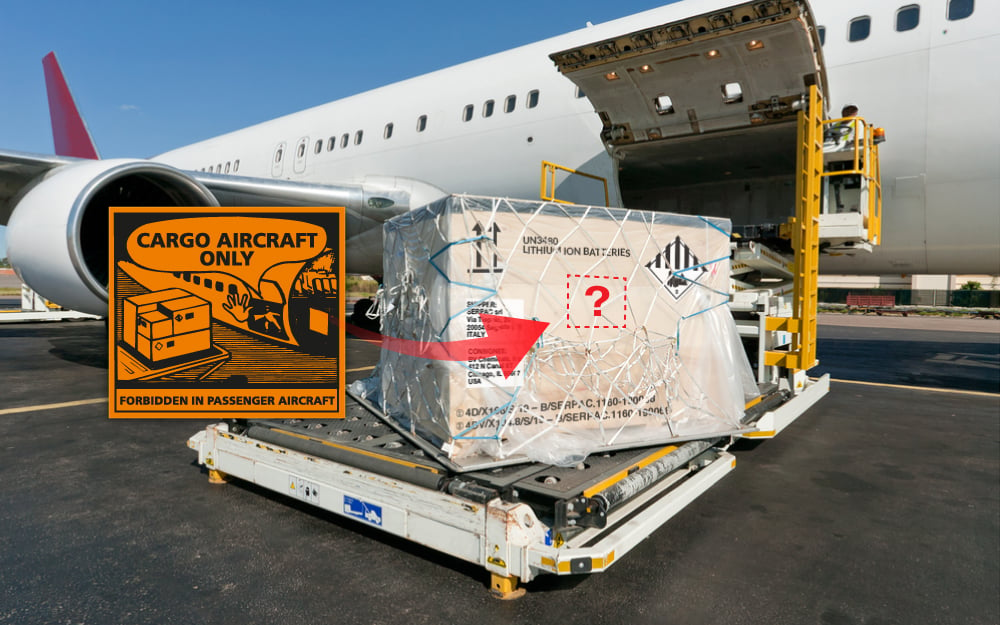
CARGO AIRCRAFT ONLY (CAO): A GUIDE TO COMPLIANT LABELLING
If you ship dangerous goods by air ICAO-TI / IATA, you might have already noticed the “CAO” (Cargo Aircraft Only) label among the most used labels on purpose for this transport modality.
In chapter...
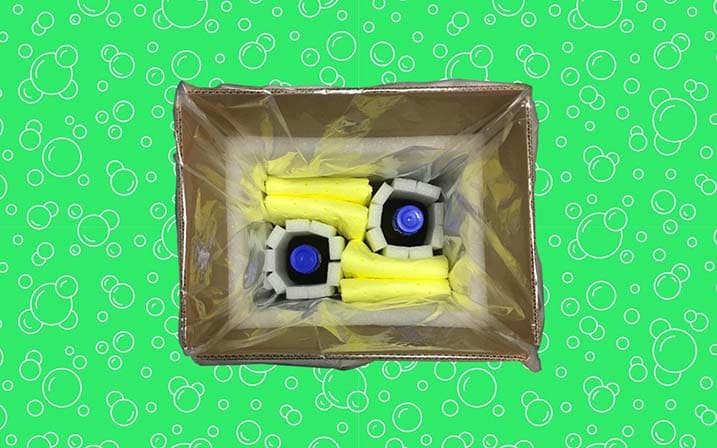
Foam and absorbing pads: discovering new materials for Safe&Clean UN-certified 4GV boxes.
Vermiculite is the name of an absorbing and cushioning material that is normally used inside UN-certified 4GV boxes. This kind of boxes, in order to comply with the certification, must be used...

All the benefits of vermiculite-free 4GV boxes
When we talk about UN-certified 4GV boxes we mean a particular type of packaging (the letter "V" indicates a special packaging in compliance with specific requirements of the legislation) used for...
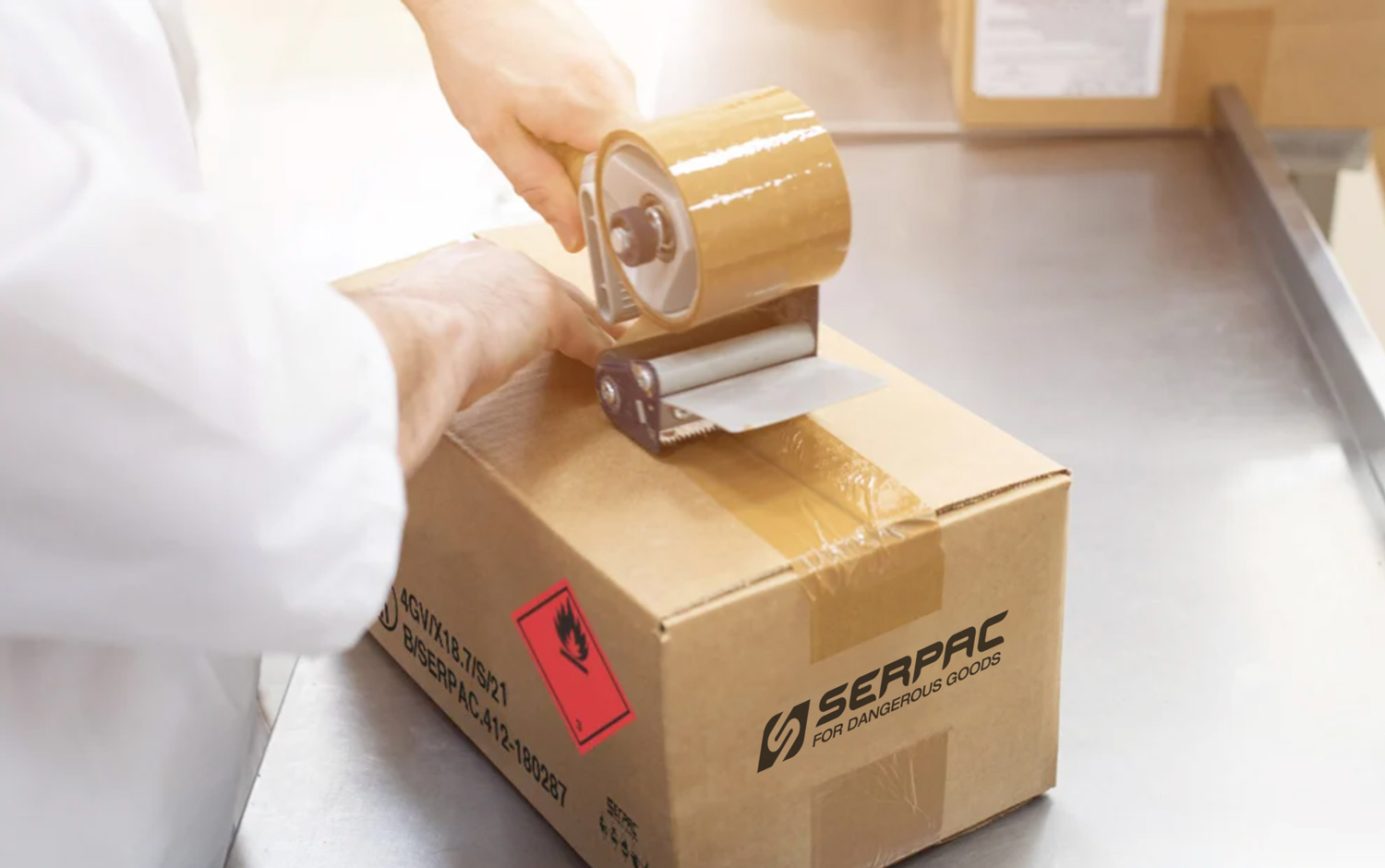
Cleanliness and safety: the advantages of UN-certified 4GV Safe & Clean boxes for the transport of dangerous goods.
When we talk about UN-certified 4GV boxes we mean a special type of packaging to transport dangerous goods which, unlike UN-certified 4G boxes, allows you to ship objects or inner packaging of any...
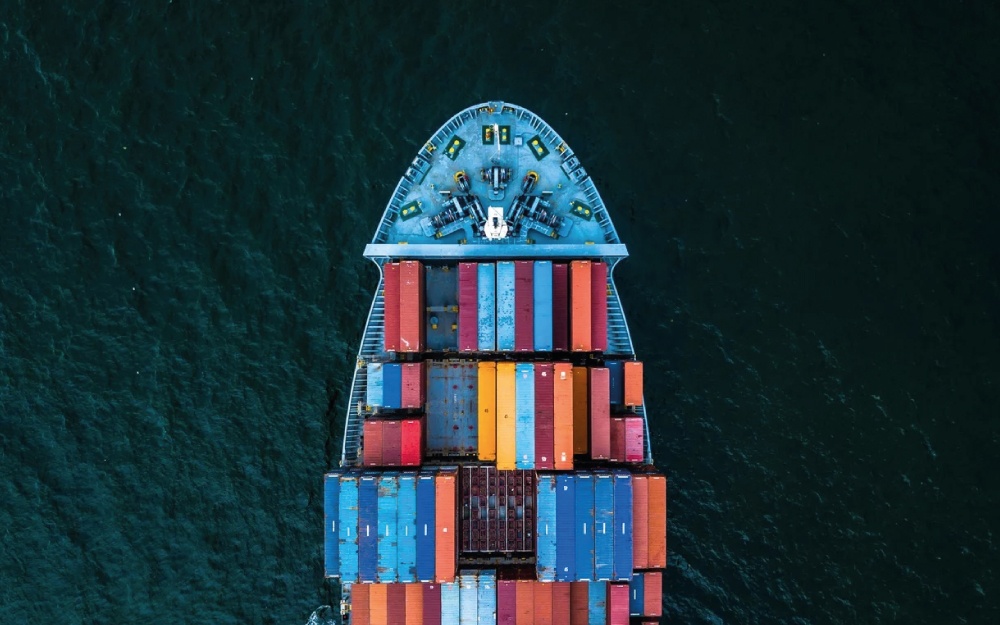
Sea transport of dangerous goods: all about labels and packaging
Shipping by sea can be dangerous and difficult, and it can be even more so if you ship dangerous goods. Risks are related to the possible breakdowns or accidents, but also overturning of packages or...